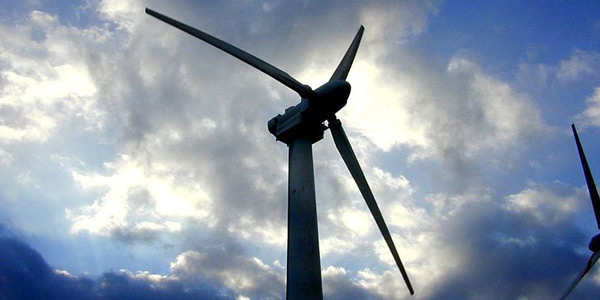By Amanda Durish Cook
FERC last week opened a Section 206 investigation into inconsistencies in MISO’s Tariff after re-examining the 2016 termination of a North Dakota wind farm’s generator interconnection agreement (GIA).
The commission on Thursday said MISO’s rules may not be just and reasonable because of discrepancies between the generator interconnection procedures outlined in the RTO’s Tariff and its pro forma GIA. It required MISO and interested parties to file briefs for a paper hearing (EL17-18). FERC expects to render a final decision in June and issued an Oct. 19 refund date.
The commission’s concern centers on a pre-2012 provision in the generator interconnection procedures that allowed an interconnection customer to extend its commercial operation date by up to three years without losing its position in the interconnection queue if MISO found that the extension would not adversely impact lower-queued customers. The provision was narrowed in 2012 so that once entering the definitive planning phase, MISO only allowed the three-year extension if it was caused by a change in milestones by another party to the GIA or a change in a higher-queued interconnection request.
MISO added a third provision for study delays in 2016. At the time, FERC said, “MISO’s proposal to limit the types of changes permissible in the definitive planning phase is consistent with the need to ensure that a project that enters the definitive planning phase is ‘definitive.’”
However, MISO’s GIA was never edited to add the three conditions for a three-year extension and “effectively provides interconnection customers an ability to extend their [commercial operation date] by three years before MISO can seek to terminate a GIA,” according to the commission.
FERC pointed out that MISO has cited the three-year limit in its generator interconnection procedures when terminating GIAs and said the RTO’s latitude to terminate GIAs is “permissive in nature.” The commission also said MISO’s outright termination of GIAs based on the three-year condition ignores its material modification analysis process, which is triggered when an interconnection project experiences changes that affect cost or in-service timing.
FERC said MISO’s interconnection procedures should be revised to reference its GIA and “allow that once a GIA is executed or filed unexecuted, a three-year period from the [commercial operation date] should lapse before MISO seeks to terminate the GIA.”
The issue was initially raised by EDF Renewables subsidiary and wind developer Merricourt Power Partners, which contested FERC’s acceptance of a MISO notice of termination of a GIA entered into by enXco Development and subsequently assigned to Merricourt. (See FERC Upholds MISO Cancellation of GIA.) At that point, the 75-turbine, 150-MW Merricourt wind project in North Dakota had missed its Dec. 1, 2012, commercial operation date by more than three years.
In seeking rehearing of the decision, Merricourt had argued that the commission erred by relying on MISO’s generator interconnection procedures alone and not considering language in the GIA.
FERC ultimately denied Merricourt’s request for rehearing of the termination, saying that MISO’s generator interconnection procedures don’t allow the three-year-plus commercial operation date extension the company sought, even considering “factors beyond the plain language” (ER16-471-001). The commission also said that it could not consider MISO’s study delay provision for Merricourt because it wasn’t yet active at the time the company missed its operating date.
FERC Commissioner Cheryl LaFleur issued a concurring statement, saying the investigation would provide “needed clarity to MISO and interconnection customers regarding their respective obligations going forward.” LaFleur was the sole dissent in FERC’s first decision to cancel the GIA, saying it could create barriers for other wind projects.
“I concur in the decision to deny Merricourt’s requested relief at this time. While I would have granted that relief in March 2016, it is now over a year and a half later, past even the Sept. 30, 2017, [commercial operation date] extension date sought by Merricourt. I do not see a basis to grant rehearing at this point,” LaFleur said.
EDF is still working to secure permitting from the North Dakota Public Service Commission for the project.




